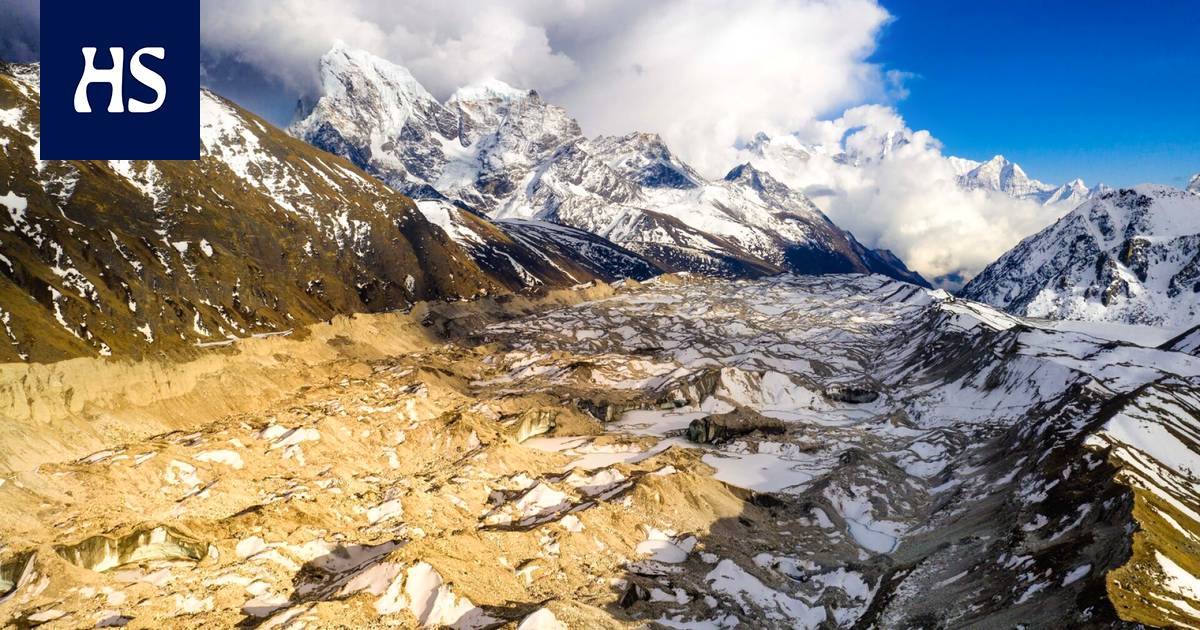During the corona pandemic, pollution levels decreased in many parts of the world, including the Himalayas and Tibetan highlands. This led to a significant decrease in snow melt, which provided much-needed relief to millions of people who rely on the region as a source of water. Researchers have shown that reducing air pollution, particularly black carbon, could significantly slow down glacier melting in the region.
If carbon dioxide emissions are not controlled, the Himalayan glaciers could completely melt within this century. Even if warming is limited to one and a half degrees Celsius, a significant portion of these glaciers may disappear. The long-lasting effects of carbon dioxide already in the atmosphere mean that faster means of protection need to be found to preserve these glaciers. They serve as sources for ten major rivers in Asia, providing water for millions of people.
Detailed measurements and calculations by researchers have shown the impact of pollution on snow and glacier preservation. By reducing soot levels in the air, the brightness of snow surfaces increases, slowing down melting. This has been observed in the Himalayas during periods of reduced pollution. The preservation of snow and glaciers is crucial for maintaining water sources in the region, and efforts to reduce pollution could help protect these vital ecosystems.
The loss of snow cover due to air pollution has significant implications for both human health and environmental sustainability. In addition to providing water for millions of people, glaciers also play a critical role in regulating global temperatures and weather patterns. Reducing air pollution levels is essential if we want to preserve these vital ecosystems for future generations.
In conclusion, protecting snow cover through reduced pollution could help slow down glacier shrinkage in the region. Efforts to reduce air pollution should be an integral part of any strategy aimed at preserving these vital ecosystems. By doing so, we can ensure that millions of people continue to have access to clean water while also mitigating some

:quality(75)/cloudfront-us-east-1.images.arcpublishing.com/elcomercio/OB7LSZSPRVB4BMMAEIVPFMXE3E.jpg)

